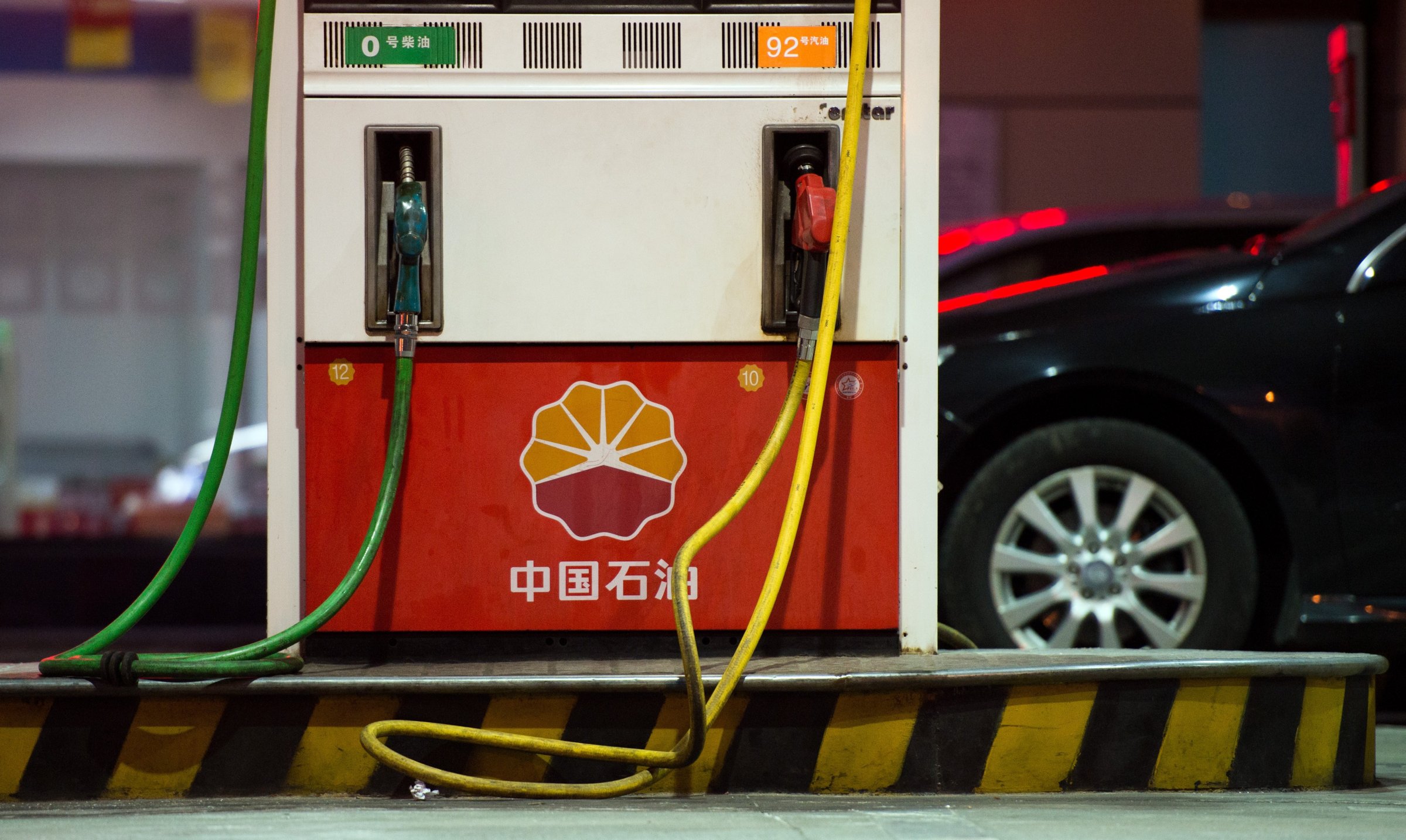
Oil prices continue to hit new lows. WTI and Brent traded down by more than 2 percent during midday trading on Monday, as the markets continue to digest the worrying economic news coming out of China.
There are several reasons why China is spooking the financial markets. The most obvious is the latest plunge in the stock market. The Shanghai Composite fell another 5 percent on January 11, as the stampede that began in late December continues. The index is down about 20 percent in the past two weeks, and is off about 40 percent since June 2015. The wild gyrations and the haphazard response from the Chinese government has created an atmosphere of instability.
More importantly for crude oil is the fact that China’s worsening economic situation could cut into the country’s crude oil demand. And that happens in multiple ways. First, a decelerating economy by itself will lead to slowing demand growth for oil. That is already starting to show up in the data. In November, for example, China’s oil demand fell by 2 percent compared to the same month in 2014. In fact, since last summer, China has posted weak demand figures, and consumption growth turned negative in November. The contraction could be temporary, but the slow down might not be. China’s consumption growth might hit just 300,000 barrels per day in 2016, down from the 500,000 barrels per day averaged over 2015, according to a Barclays’ analyst quoted by Bloomberg.
Oilprice.com: Crashing Oil Prices And Dropping Rig Count Take Their Toll On U.S. Output
Yet another way that China could put downward pressure on crude oil is from the depreciating yuan. The slowing economy is leading to a weakening of the currency, and a weaker currency will make crude oil more expensive, which will further cut into demand.
As the world’s principle driver of crude oil demand suddenly starts slowing to more pedestrian levels of growth, the oil markets are very much feeling the effect.
Meanwhile, Goldman Sachs published an intriguing conclusion in a research note on Friday after the investment bank hosted a closed-door energy conference in Miami. The investment bank was struck at the perspective that many shale companies have today, given the current state of affairs with oil trading in the low $30s per barrel. Goldman said that oil producers are not facing up to reality, and continued to stress their individual capacity to weather the downturn without suffering production cutbacks, according to Reuters. Moreover, many avoided specifics about how crude oil near $30 per barrel would affect their operations. Many companies are still using $50 per barrel as an operating assumption when presenting their outlooks for 2016.
Oilprice.com: Rig Count: Capitulation?
The problem is that oil is not $50 per barrel, and could be a long way from rebounding to that point. Some might say that oil CEOs are too optimistic about a rebound in prices. A less charitable view would be that basing a company’s metrics on an oil price ($50) that is more than 50 percent higher than actual spot prices today ($32) is actually pretty delusional.
“Investors were looking for fear and trepidation from producers but got agility and below-expected clarity instead,” Goldman Sachs said in its January 8 research note. “At our conference, producers largely did not provide specifics on what capex/production would look like at $35/bbl oil,” the note went on. “Instead, producers spoke largely of their agility to spend within cash flow and… ramp up when needed.”
Oilprice.com: Shocking: ISIS Attacks On Libyan Oil Facilities Visible from Space
The conference confirmed the investment bank’s pessimistic outlook for crude oil prices. Goldman Sachs made waves last year when it predicted that oil might fall into the $20s per barrel. Given the irrational optimistic that apparently pervades the shale industry, $20 crude might be needed to force the needed cutbacks in production, as Goldman said all along. The bank said that it will likely take a few more months before the industry’s “mindset” starts to grapple with the ramifications of oil staying at $40 or below. Until that happens, Goldman believes, oil companies will continue to pump into an oversupplied market.
At the same time, the producers at the Miami conference suggested that they could begin to ramp up production further when oil hit $50 per barrel. The ability for some drillers to flip the shale switch back on at $50 could extend the slump, as supplies merely come back as oil rebounds.
But before that happens, oil prices might need to fall into the $20s per barrel.
This article originally appeared on Oilprice.com
More Must-Reads from TIME
- Donald Trump Is TIME's 2024 Person of the Year
- Why We Chose Trump as Person of the Year
- Is Intermittent Fasting Good or Bad for You?
- The 100 Must-Read Books of 2024
- The 20 Best Christmas TV Episodes
- Column: If Optimism Feels Ridiculous Now, Try Hope
- The Future of Climate Action Is Trade Policy
- Merle Bombardieri Is Helping People Make the Baby Decision
Contact us at letters@time.com